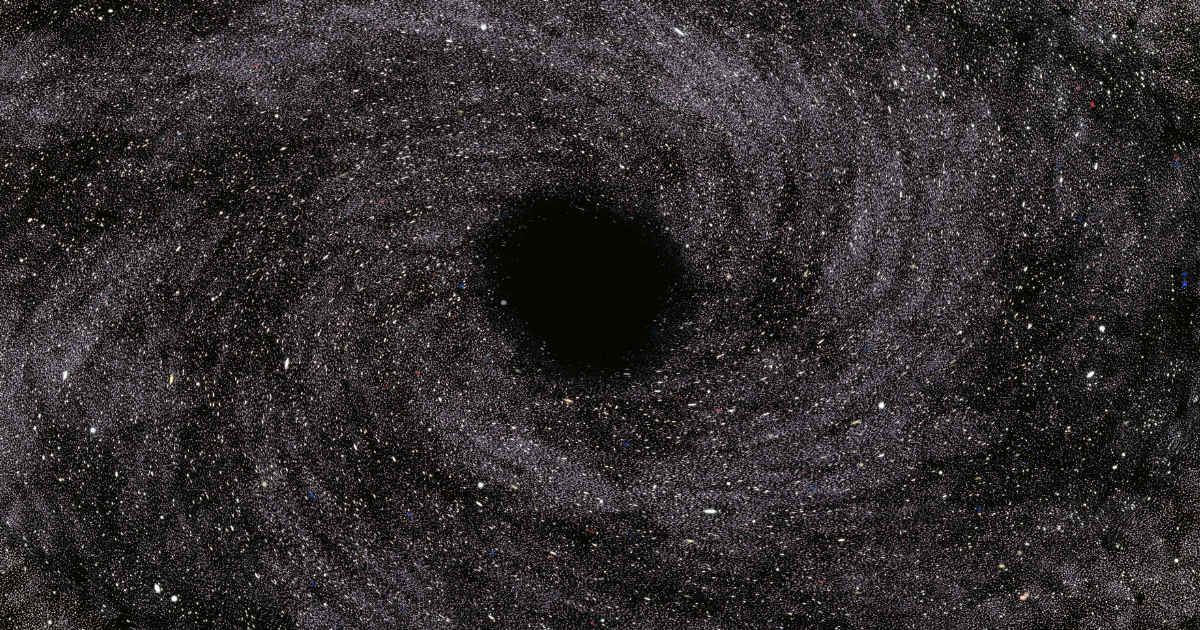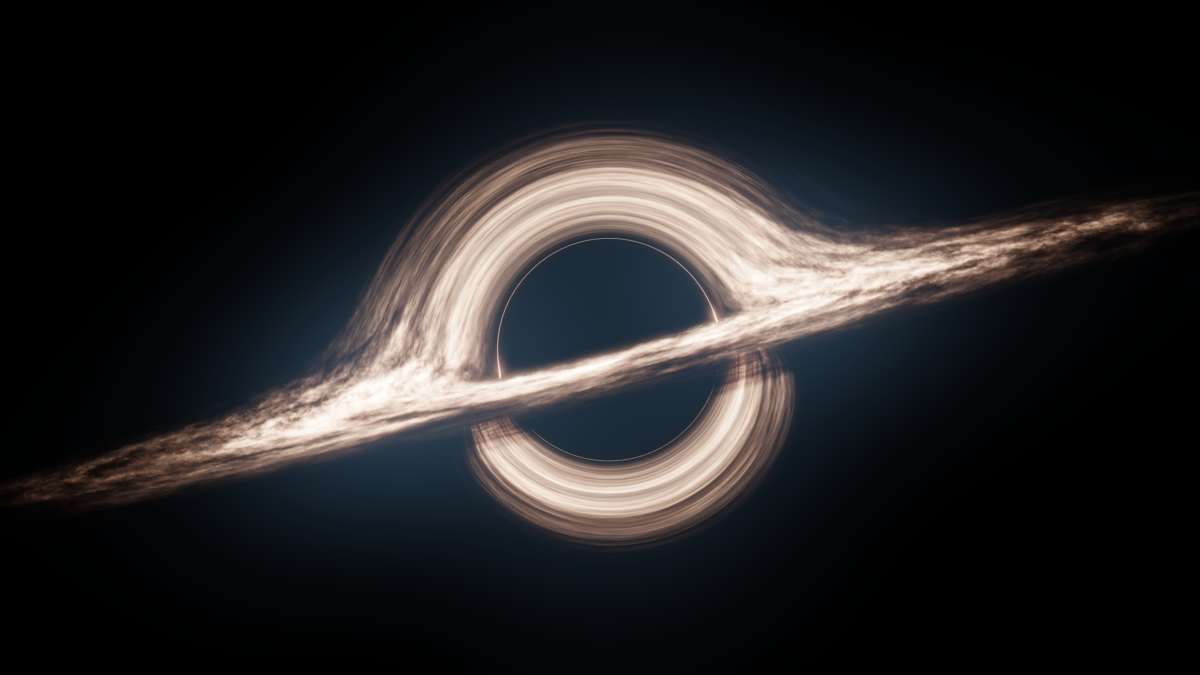Black holes are not limited to hearts of their galaxies and can wander through space, researchers claim

Astronomers have discovered an eye-opening insight regarding black holes in the dwarf galaxy, "MaNGA 12772-12704." Findings associated with this insight have been published in the journal Science Bulletin. The insight in question is that a black hole possibly can travel in other regions of its home galaxy apart from its center. This black hole in MaNGA 12772-12704 is 3,260 light-years away from the center. If the assertion is true, then it provides a different perspective on how supermassive black holes aided in the evolution of their host galaxies.

Off-Center Black Hole
The black hole in question is traveling to other regions of the MaNGA 12772-12704, along with its active region, according to Space.com. The fact that it is accreting makes the discovery even more intriguing, as active black holes were believed to be limited to the galactic center. Upon a closer look, researchers determined that the moving black hole is of an intermediate-mass category, not often detected by astronomers. The study further claimed that the off-center black hole is actually releasing jets as it is moving through the galaxy, 230 million light-years away from Earth.

The black hole is offset by nearly one kiloparsec, according to Phys.org. According to experts, this is one of the most convincing cases of off-center black holes detected by astronomers. The analysis made experts claim that there is a possibility that the growth of black holes is not as intimately connected to galactic centers as believed. Such black holes that can move through the galactic disk or outskirts are known as wandering black holes.
Relation to Supermassive Black Hole
Experts have long believed that supermassive black holes form in galactic centers by feeding on central gas reservoirs. The discovery highlights how an intermediate-mass black hole outside the galactic center can also sustain accretion and become a supermassive black hole. This finding supports the theory that supermassive black holes develop in multiple sites and having distributed feeding led to their rapid development in the early universe. "This discovery prompts us to rethink black hole–galaxy co-evolution. Black holes are not only central 'engines,' they may also quietly reshape their host galaxies from the outskirts," said Dr. An Tao from the Shanghai Astronomical Observatory of the Chinese Academy of Sciences.
Discovery of the Black Hole
Researchers prefer to look for black holes in dwarf galaxies because of their simple evolutionary histories and low masses, according to Universe Today. Both of these features make it easier for experts to trace the development of black holes, compared to those in massive galaxies. Researchers believe that this black hole got kicked out of the center during galaxy mergers or interactions. This off-center black hole was detected through the Mapping Nearby Galaxies at Apache Point Observatory (MaNGA) survey, which is evaluating 10,000 galaxies in total, including their internal kinematic structures and the composition of gas and stars.
To examine this black hole, experts used the Very Long Baseline Array. This equipment could not detect any traces of tidal tails or double nuclei, which assured the team that what they had discovered was an offset black hole. Upon further investigation, its mass was estimated to be 300,000 solar masses, making it an intermediate black hole. The finding implies that even without mergers or being in the galactic center, black holes can grow. Researchers believe there are 390 possible offset black holes in other dwarf galaxies, but more examinations are needed to confirm them.